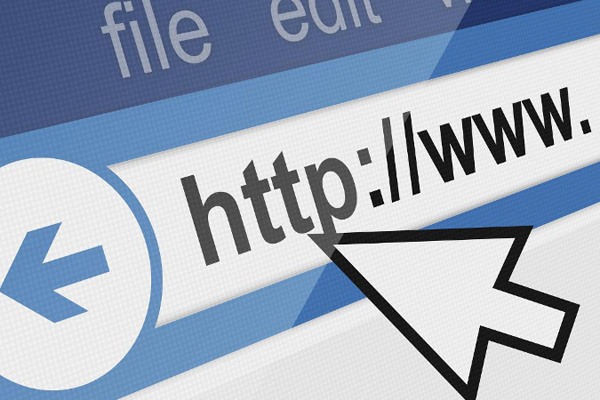What are the types of domain name disputes? What are infringement disputes and malicious registration?

With the rapid development of the Internet, domain names, as an important part of online identity and brand, often become the focus of disputes. The resolution of domain name disputes is crucial to protecting legitimate rights and interests and maintaining the order of the Internet. In the domain name dispute resolution mechanism, we will explore some common types of domain name disputes, including infringement disputes, preemptive registration, and malicious registration.
1. Infringement disputes:
Infringement disputes are one of the most common types of domain name disputes. When a domain name is similar or identical to someone else's trademark or well-known brand, it will trigger a trademark infringement dispute. For example, the unauthorized use of another person's trademark as a domain name, or the use of words that are highly similar to existing trademarks in a domain name, may constitute an infringement dispute.
2. Preemptive registration:
Preemptive registration refers to the malicious registration of domain names that others are concerned about in order to obtain economic benefits or prevent others from using the domain name. Preemptive registrants usually act when the domain name has commercial potential or others have expressed interest in the domain name. This behavior not only damages the legitimate rights and interests of others, but also disrupts the order of the Internet.
3. Malicious registration:
Malicious registration refers to the registration of domain names by deception, false information or illegal means. Malicious registrants may mislead, confuse or defraud users by registering domain names related to known brands, companies or individuals. This behavior harms the rights and interests of the registrant and may result in economic losses and reputational damage.
Domain Name Dispute Resolution Mechanism:
In order to resolve domain name disputes, special domain name dispute resolution mechanisms have been established internationally. The most well-known of these is the domain name arbitration procedure of the World Intellectual Property Organization (WIPO). This procedure provides a quick and cost-effective solution through independent arbitrators to adjudicate domain name disputes.
In the domain name arbitration procedure, the disputing parties can submit relevant evidence and statements to support their claims. The arbitrator will carefully review the arguments and evidence of both parties in order to make a fair ruling. The ruling is legally binding and is regarded as the final decision to resolve the domain name dispute.
In addition to domain name arbitration, there are other mechanisms to resolve domain name disputes, such as litigation and mediation. Litigation is a way to resolve disputes through the court system. Relatively speaking, the procedure is more complicated and the cost is higher, but it may provide more comprehensive judicial protection in some complex disputes. Mediation is a way to assist the disputing parties to reach a settlement through a third-party mediator, emphasizing the voluntary and cooperative nature of both parties.
Conclusion:
Common types of domain name disputes include infringement disputes, squatting and malicious registration. These disputes have seriously affected the legitimate rights and interests of enterprises and individuals, and have also disrupted the order of the Internet. In order to resolve these disputes, the domain name dispute resolution mechanism came into being. Domain name arbitration is a fast, cost-effective way to resolve disputes through the ruling of independent arbitrators and protect the rights and interests of all parties. In addition, mechanisms such as litigation and mediation can also be used to resolve complex domain name disputes. While protecting one's own rights and interests, resolving domain name disputes reasonably, fairly and efficiently will help maintain the healthy development and order of the Internet.
Domaincn.com Committed to providing fair and transparent reports. This article aims to provide accurate and timely information, but should not be construed as financial or investment advice. Due to the rapidly changing market conditions, we recommend that you verify the information yourself and consult a professional before making any decisions based on this information.

